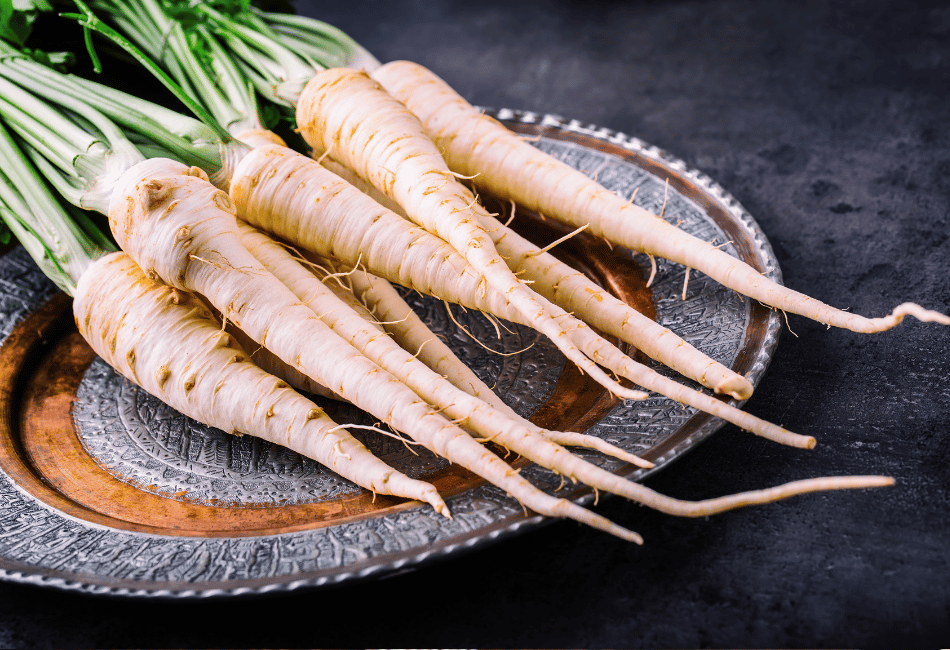
Did you know that parsnips contain more vitamin C than carrots, their orange counterpart? This often-overlooked root vegetable is quickly gaining popularity in baby nutrition, offering a unique blend of essential nutrients and natural sweetness, making it a perfect first food for babies.
For parents embarking on the exciting journey of introducing solids, parsnip puree for baby is a nutritious, easily digestible choice that requires little effort to prepare at home. With its mild, slightly sweet flavor, it’s an ideal introduction to new tastes for developing palates, while its rich nutrient profile supports healthy growth and development.
Why Choose Parsnip Puree for Your Baby
Making parsnip baby food at home gives parents full control over their baby’s nutrition. These white root vegetables pack essential nutrients like vitamin C, folate, and fiber that support healthy growth and development. The fiber helps prevent constipation, while vitamin C strengthens the immune system and improves iron absorption.
Creating homemade parsnip baby food is straightforward and budget-friendly, especially when preparing larger batches. Parents can select fresh, high-quality parsnips and avoid added preservatives or ingredients found in commercial options. The natural sweetness of parsnips often appeals to babies, making them an excellent starting solid foods choice.
Nutritional Benefits of Parsnip Baby Food
Parsnips offer key nutrients that support your baby’s healthy growth.
- Rich in vitamin C, folate, fiber, potassium, manganese
- Fiber aids digestion and prevents constipation
- Vitamin C boosts immune system and iron absorption
- Folate important for cell growth and brain development
- Potassium supports healthy blood pressure and heart function
As your baby starts Baby Led Weaning First Foods, parsnips make a nutritious addition to their daily meals.
When to Introduce Parsnips to Your Baby’s Diet
Most babies can start eating parsnips around 6 months old, when they show signs of readiness for solid foods. Look for clear indicators like sitting upright with good head control and showing interest in food during family mealtimes. For more guidance on starting solids, check our guide to starting solid foods.
Begin with small portions – just 1-2 teaspoons of parsnip puree. Watch your baby for any reactions over 3-5 days before adding other new foods. This careful approach helps identify potential food sensitivities early. Always serve pureed parsnips at room temperature or slightly warm, testing the temperature before feeding.
Ingredients Needed for Parsnip Puree
Making healthy parsnip puree requires just a few simple ingredients. Start with fresh parsnips – organic options work best to minimize exposure to pesticides. You’ll also need water, breast milk, or formula to adjust the texture to your baby’s needs.
For babies over 6 months, you can add small amounts of mild spices like cinnamon, nutmeg, or ginger to introduce new flavors. However, start with plain parsnip puree first to check for any food sensitivities. Like other first veggies for babies, always use fresh ingredients and clean equipment when preparing baby food.
Step-by-Step Recipe How To Make Parsnip Puree For Baby
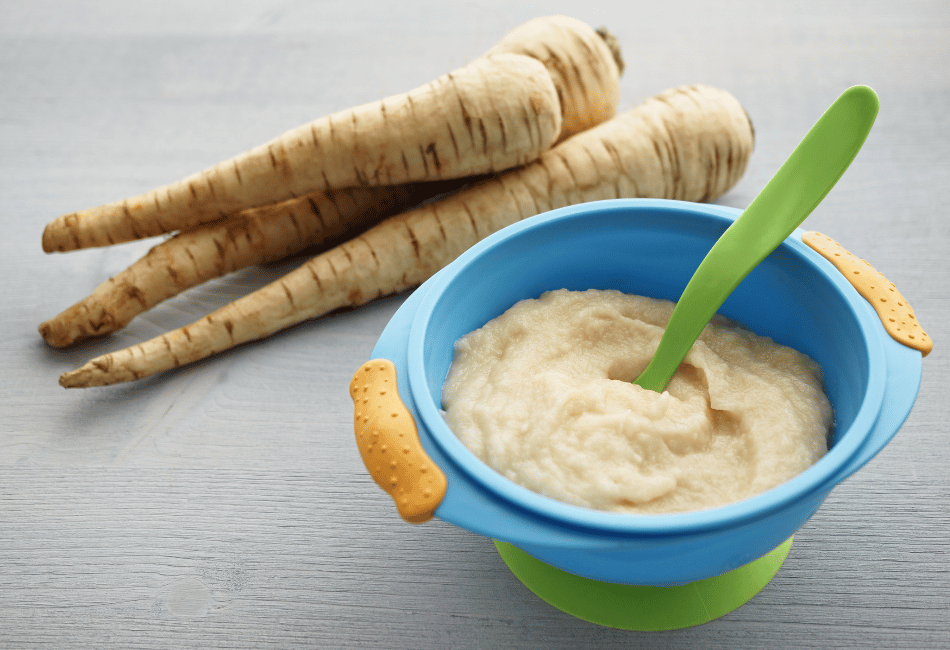
Start by washing and peeling fresh parsnips, then cut them into 1-inch cubes for even cooking. Place the cubes in a clean steamer basket or pot with just enough water to cover them. Cook for 10-15 minutes until the pieces are soft enough to pierce with a fork.
Let the cooked parsnips cool slightly before transferring to a blender or food processor. Blend until smooth, adding small amounts of water, breast milk, or formula to reach the right texture for your baby’s age. For more options, check out 10 Baby First Purees. Strain the puree through a fine-mesh sieve for the smoothest consistency.
Always test the temperature before serving and store extra portions in clean, airtight containers.
Cooking Methods for Parsnip Puree
Parents can prepare parsnips for baby food using three main cooking methods. Steaming takes 10-15 minutes and keeps most nutrients intact, making it an ideal choice for baby first purees.
Boiling offers a quick option, taking 10-12 minutes until the parsnips turn soft. While simple, this method can reduce some nutrient content as vitamins seep into the cooking water.
Roasting parsnips at 400°F for 25-30 minutes brings out their natural sweetness. Though it takes longer, this method creates rich flavors that many babies enjoy. For all methods, cook until the parsnips are tender enough to mash easily with a fork.
Pureeing Techniques and Equipment
- A standard blender creates the smoothest parsnip puree, making it perfect as one of the first purees to introduce to your baby. This option works well for large batches and produces consistent results.
- Food processors offer good results too, though the texture may be slightly less smooth.
- An immersion blender provides a practical choice for small portions, with easier cleanup. Simply blend directly in a bowl or container until reaching the right consistency. For young babies under 7 months, blend until very smooth.
- Older babies can handle soft lumps, so less processing time is needed.
Clean all equipment thoroughly with hot, soapy water right after use. Store blades and containers separately to prevent damage and maintain food safety standards.
Consistency and Texture Considerations
For 6-month-old babies, prepare parsnip puree with a thin, very smooth texture. Mix with breast milk, formula, or water until it drips easily from a spoon. This helps prevent any choking risks during early feeding stages.
As babies reach 7-9 months, gradually make the puree thicker and include soft, tiny lumps. This helps them practice handling different food textures. By 9 months and older, mash the parsnips instead of pureeing completely smooth to support chewing skills.
Always watch your baby eat and adjust the consistency based on their comfort level. Some babies need more time with smooth textures, while others quickly adapt to lumpier foods. Keep extra liquid on hand to thin the puree if needed during feeding.
Storage and Freezing Guidelines for Parsnip Puree
Store fresh parsnip puree in clean, airtight containers in the refrigerator for up to 48 hours. Small glass jars or BPA-free plastic containers work well for daily portions. Keep the puree at the back of the fridge where temperatures stay most consistent.
For longer storage, freeze parsnip puree in ice cube trays or small freezer-safe containers. Once frozen solid, transfer the cubes to freezer bags, removing as much air as possible. Label each bag with the contents and date. Frozen parsnip puree stays good for up to 3 months.
Thaw frozen portions overnight in the refrigerator or place the container in warm water. Never refreeze thawed baby food, and discard any leftover puree from feeding sessions.
Serving Suggestions and Portion Sizes
Start feeding your baby with 1-2 teaspoons of parsnip puree, working up to 2-4 tablespoons as they grow comfortable with the food. Offer the puree alone at first to check for any reactions. Once you know your baby tolerates parsnips well, mix them with other fruits or add breast milk for familiar taste.
Serve parsnip puree at room temperature or slightly warm – never hot. Test the temperature on your wrist before feeding. For younger babies, thin the puree with breast milk or formula. As your baby grows, combine parsnip puree with other foods like sweet potato or apple to create tasty combinations they’ll enjoy.
Variations and Flavor Combinations
- Mix parsnip puree with sweet potato, carrots, or butternut squash to create nutrient-rich combinations.
- The natural sweetness of apple or pear puree pairs well with parsnips, making tasty blends that babies often enjoy.
- For protein-rich meals, combine parsnip puree with well-cooked chicken or beef.
- Add tiny amounts of mild spices like cinnamon, nutmeg, or ginger once your baby is comfortable with plain parsnip puree.
- Start with just a pinch per cup of puree. Mix in breast milk or formula to maintain familiar flavors while introducing new taste combinations.
Food safety tip: When mixing different purees, note the storage time of each ingredient and use the earlier expiration date for the combined mixture. Always prepare and store mixed purees in clean containers.
Tips for Introducing Parsnip Puree to Babies
Feed your baby parsnip puree when they’re alert but not overly hungry. Start with small amounts on the tip of a soft spoon, offering just a taste. Remember that babies often need 10-15 tries with new foods before accepting them.
Mix small amounts of parsnip puree with familiar foods like breast milk or with other purees. This helps your baby adjust to the new taste gradually. Stay positive during feeding time and eat parsnips yourself – babies learn by watching their parents enjoy foods.
Watch your baby’s cues during feeding. If they turn away or close their mouth, don’t force the food. Try again at the next meal. Keep portions small at first, and increase amounts as your baby shows more interest in the puree.
Signs of Allergies or Intolerances to Watch For
When introducing parsnips to your baby’s diet, monitor carefully for signs of food reactions. Common allergic reactions include skin rashes, hives, or facial swelling. Watch for digestive issues like vomiting, diarrhea, or excessive gas. More serious symptoms include difficulty breathing or swelling of the lips, tongue, or throat.
If you notice mild reactions, stop feeding parsnips and contact your pediatrician. For severe symptoms like trouble breathing or severe swelling, seek emergency medical care immediately. Keep a food diary noting when you introduce new foods and any reactions that occur. This helps track potential triggers and provides valuable information for healthcare providers.
Comparison of Homemade vs. Store-Bought Parsnip Puree For Baby
Making parsnip puree at home lets parents pick fresh ingredients and skip preservatives. Parents control the cooking process, texture, and portion sizes. While homemade puree costs less per serving, it requires time for preparation and has a shorter shelf life of 48 hours in the fridge.
Store-bought parsnip puree offers quick meal solutions and consistent texture. However, these products often contain additives, preservatives, and sometimes added sugars. The packaging and processing methods may reduce nutrient content compared to fresh, homemade versions. Commercial baby food also costs more per serving than making purees at home.
Calculate your savings by comparing prices: four fresh parsnips ($2-3) make 12-15 servings, while store-bought jars ($1-2 each) provide just 2-3 servings each.
Final Thoughts on Parsnip Puree for Baby
Introducing parsnip puree to your baby’s diet opens the door to a world of nutritional benefits and culinary possibilities. From its impressive vitamin C content to its natural fiber that aids digestion, this versatile root vegetable proves itself as more than just another baby food option.
Whether you’re just beginning your baby food journey or looking to expand your little one’s palate, parsnip puree offers a safe, nutritious, and delicious foundation. By following proper preparation techniques and storage guidelines, you can confidently incorporate this nutrient-rich vegetable into your baby’s growing menu of healthy foods.
Frequently Asked Questions About Parsnip Puree for Babies
Q1: Can parsnips cause gas in babies?
A1: While some babies may experience mild gas when first eating parsnips, this typically decreases as their digestive systems adjust. Start with small portions and observe your baby’s reaction.
Q2: How long does homemade parsnip puree last?
A2: Fresh parsnip puree stays good for 48 hours in the fridge and up to 3 months when frozen. Always store in clean, sealed containers and label with the preparation date. For safe feeding, throw away any puree left in the baby’s bowl after meals.
Q3: Can I add seasoning to parsnip puree?
A3: Adding seasoning to parsnip puree is safe after 6 months, but use tiny amounts of mild spices like cinnamon. Start with plain puree first to check for food sensitivities before introducing seasonings.
Q4: Is it necessary to peel parsnips?
A4: Yes, always peel parsnips for baby’s purees, the skin can be tough and bitter. The pale flesh underneath contains the most nutrients and creates the smoothest puree.
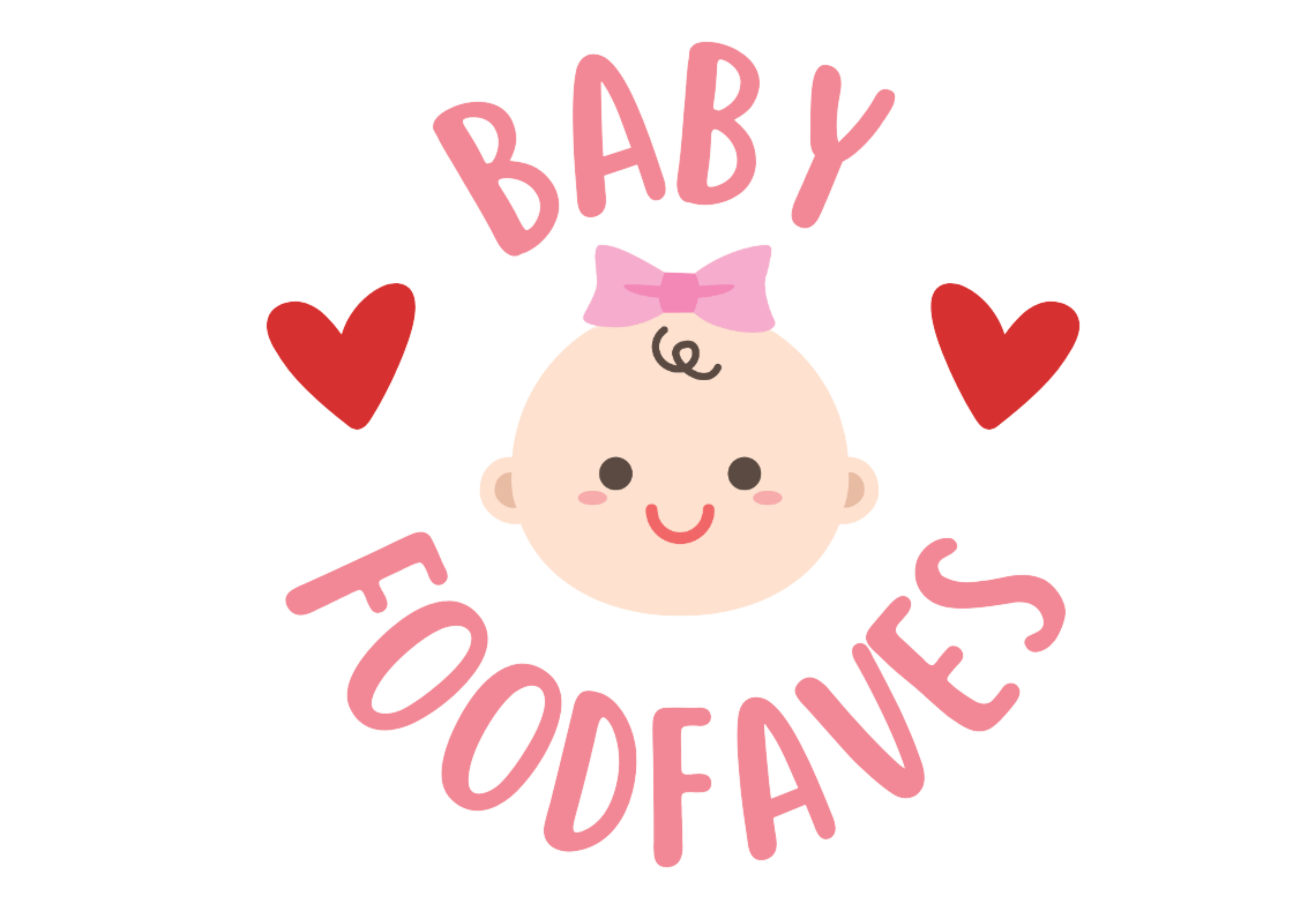

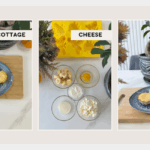
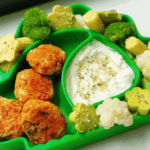
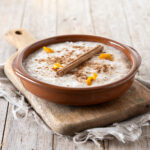

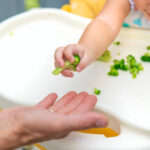



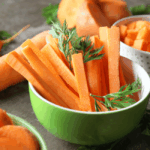
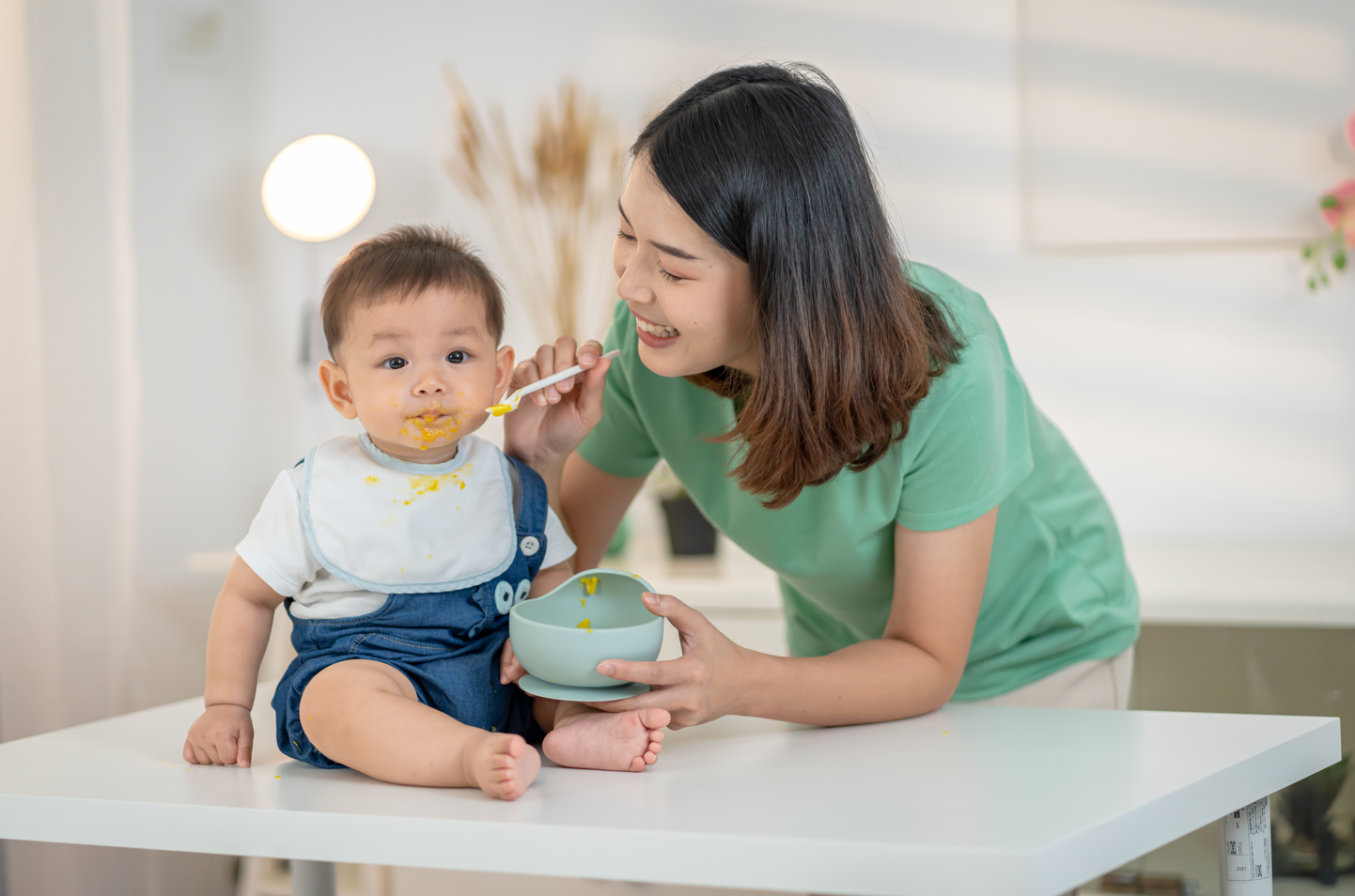
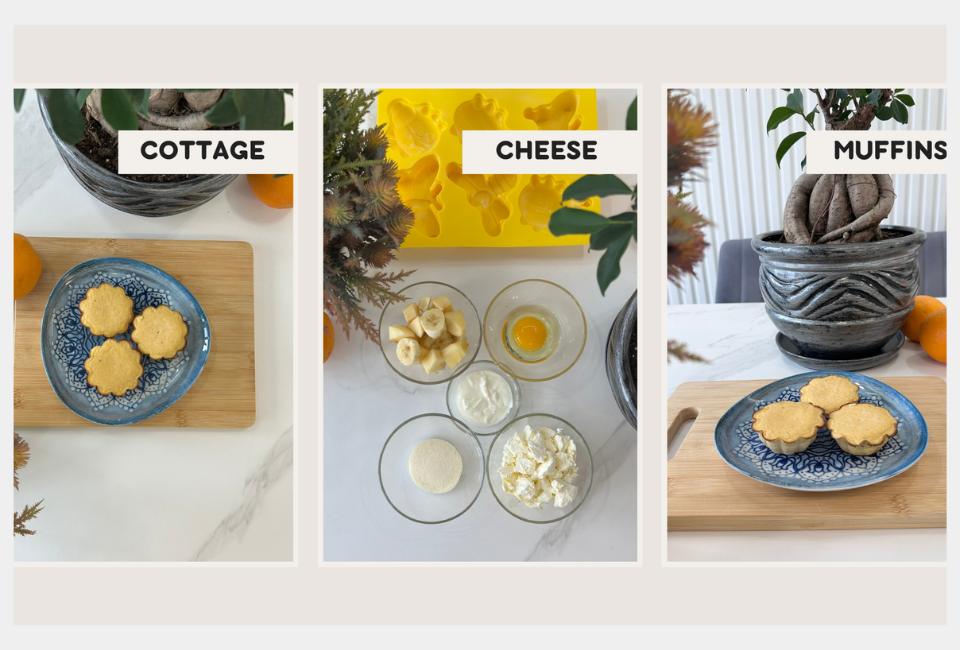
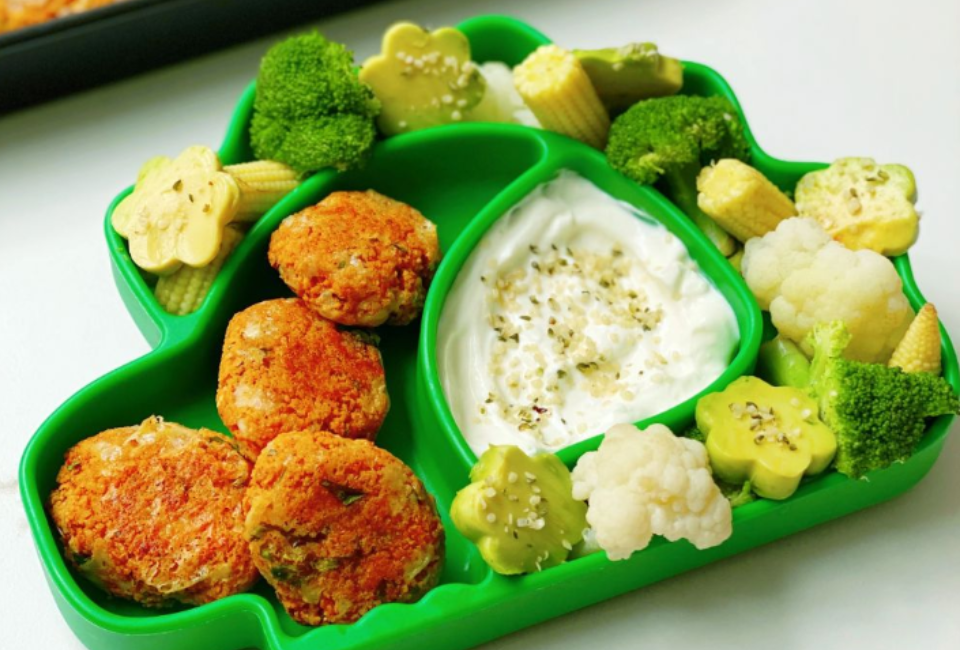
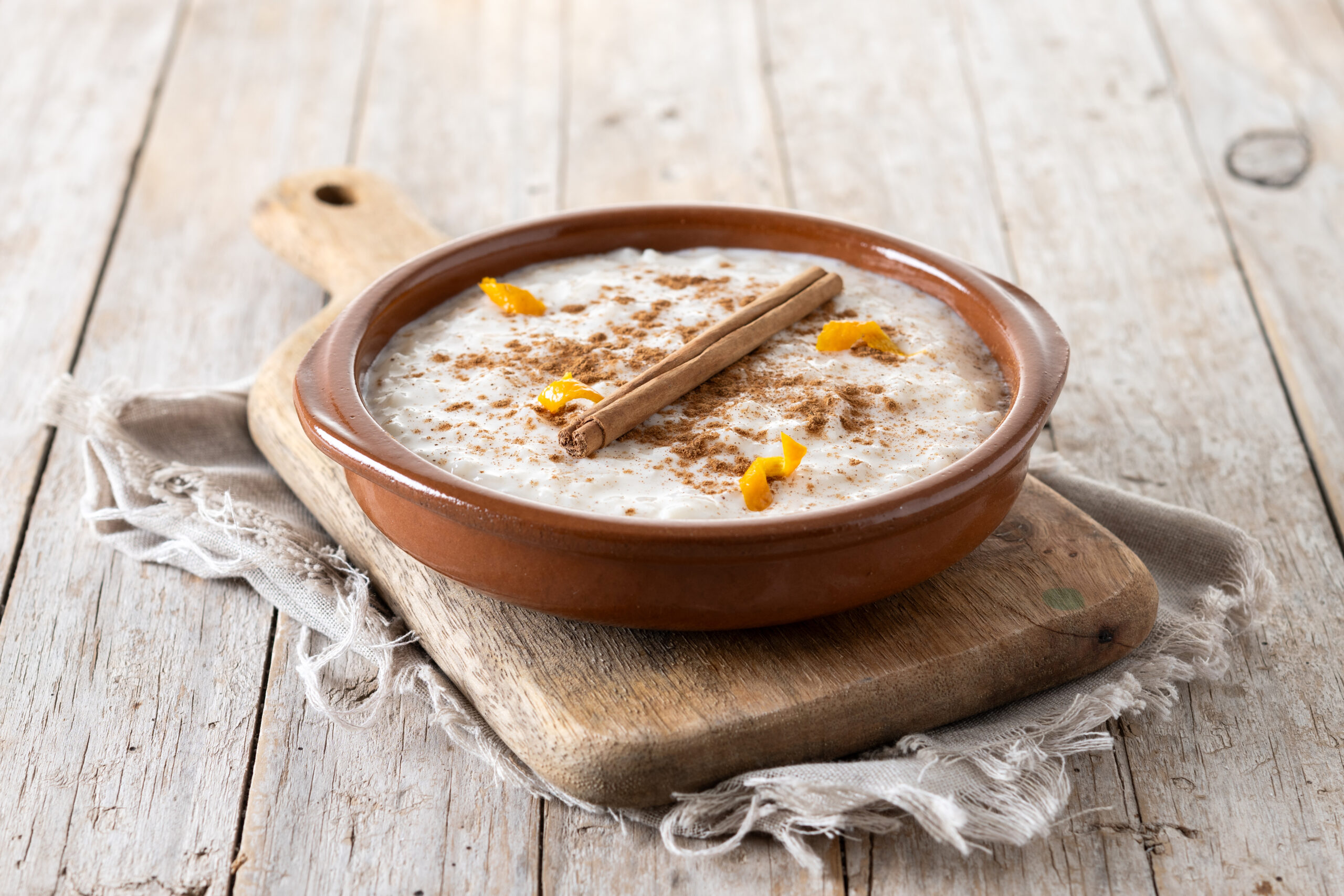
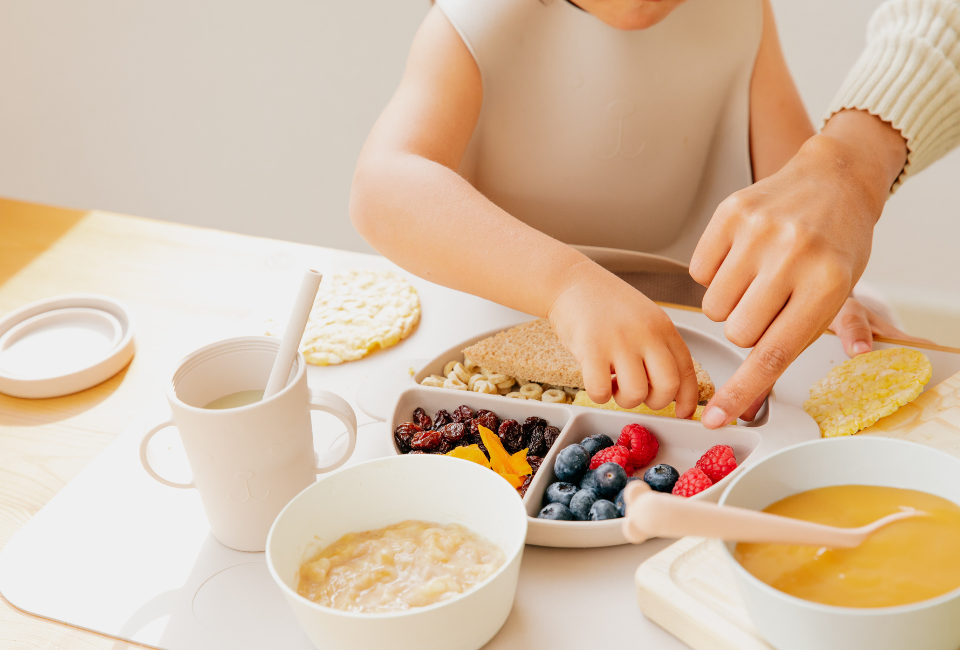
Leave a Reply